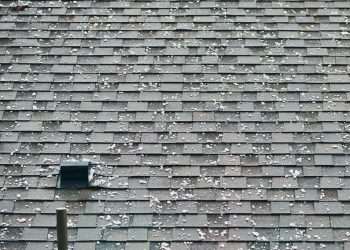Borrowers who take out a conventional mortgage and put down less than 20% of the purchase price have to buy private mortgage insurance. Many people, especially first-time buyers, have misunderstandings about PMI.
Misconception #1: Private Mortgage Insurance Protects the Homebuyer
Even though a homeowner pays for private mortgage insurance, PMI doesn’t provide protection for a borrower. PMI is meant to protect the lender in case the borrower defaults on the mortgage. A buyer who makes a small down payment may be more likely to default.
Misconception #2: You Will Have to Pay for PMI for as Long as You Have a Mortgage
If you take out a conventional loan, you’ll have to pay for PMI until you have 20% equity. You can work toward that goal by paying down your mortgage balance, but a boost in your home’s market value can help you reach that threshold faster. Since home equity is the difference between a home’s value and the balance owed on the mortgage, an increase in your house’s value will raise your equity.
Misconception #3: Private Mortgage Insurance Can Make Homeownership Too Expensive
PMI will increase the total amount you’ll pay each month. You’ll need to take that expense into consideration and work it into your budget, but it probably won’t be so high that it will keep you from buying a house. Your credit score, location, down payment, loan-to-value ratio, and other factors will determine how much you’ll have to pay for PMI.
Misconception #4: You Shouldn’t Buy a House Unless You Can Put 20% Down
Many people believe that it’s best to make a down payment of at least 20% when buying a house. Although that’s not required, it can allow you to avoid paying for PMI. If you’re struggling to save for a down payment, however, waiting until you have saved up 20% might mean that you’ll have to put off buying a house for several years.
You’ll also begin building equity later if you wait to buy a home. If you’re currently renting, you might be better off buying a house with a smaller down payment so you can start building equity sooner. Even if you have to pay for PMI, that strategy might be beneficial in the long run.
There’s another risk associated with making a 20% down payment. If you drain your bank account to meet that goal, then your house needs repairs, you lose your job, or you face some other financial hardship, you might struggle to get by. Making a smaller down payment and keeping a comfortable amount in your emergency fund can give you peace of mind.
Look at the Big Picture
Private mortgage insurance is an additional expense that you might want to avoid, but buying a house with a low down payment and paying for PMI can be a smart move in some circumstances. Consider current home prices, how much you have saved, your income, and your goals to figure out what’s best for you.











